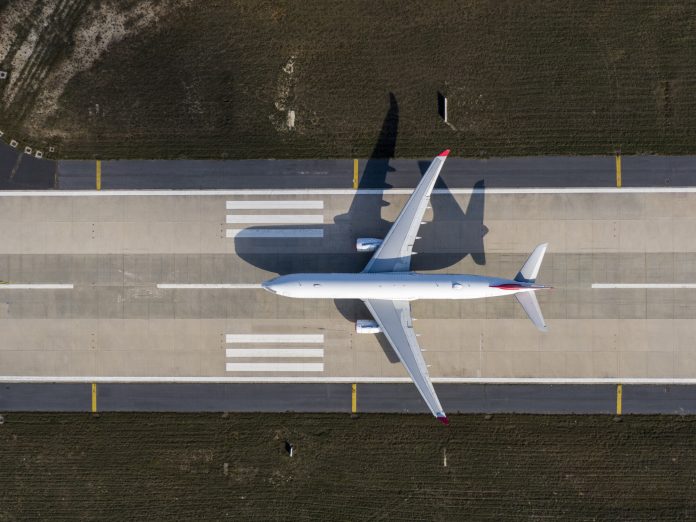The Wright brothers made history with the first powered flight in 1903, since then, aviation has undergone remarkable transformations, becoming safer, more efficient, and more accessible
One of the latest advancements leading this evolution is satellite navigation, specifically, the European Geostationary Navigation Overlay Service, or EGNOS.
What is EGNOS?
EGNOS is Europe’s satellite-based augmentation system, enhancing the accuracy and reliability of GPS signals. While GPS alone provides positioning accuracy within about five metres, EGNOS improves that to one to two metres, while also delivering vital information about signal integrity.
This is especially important in aviation, where even slight inaccuracies can pose serious safety risks. EGNOS achieves this by using over 40 ground stations across Europe to monitor GPS signals. These stations send data to control centres, which calculate corrections and integrity information. The updated signals are then transmitted via geostationary satellites back to users on Earth, enabling improved precision and confidence in the navigation data.
The LPV-200 revolutionised aviation.
One of the most significant contributions of EGNOS to aviation is the LPV-200 service, which stands for “Localizer Performance with Vertical Guidance.” This service allows pilots to perform precision landings similar to Category I Instrument Landing System (CAT I ILS) procedures, which are traditionally reliant on expensive ground-based infrastructure.
LPV-200, however, uses satellite data instead of ground installations, making it far more accessible and cost-effective, especially for smaller airports that may lack the resources for ILS systems. With a decision height of 200 feet, LPV-200 gives pilots the ability to land safely even in limited visibility conditions.
More than 500 airports across Europe now benefit from EGNOS-enabled LPV approaches, which not only enhance safety but also improve operational flexibility.
Saving time, fuel and emissions
EGNOS not only improves safety, but also helps airlines reduce costs and minimise their environmental impact. LPV procedures enable aircraft to land at alternative airports with fewer diversions or holding patterns, resulting in shorter flight times, lower fuel consumption, and reduced CO₂ emissions. This makes flying more efficient for airlines and more sustainable for the planet.
Supporting helicopter rescue missions
Beyond commercial aviation, EGNOS plays a vital role in emergency medical services. Helicopters are essential for reaching patients in remote or hard-to-access areas, but poor weather and low visibility have historically limited their operations. EGNOS enables satellite-guided routes to be established, allowing helicopters to land safely at hospitals, mountain rescue zones, or offshore platforms, even under challenging conditions.
This capability is transforming air rescue operations across Europe, supporting faster and safer emergency responses when every second counts.
EGNOS v3
The future of EGNOS looks promising, with the upcoming version, EGNOS v3, will enhance not only GPS signals but also those from Galileo, Europe’s own satellite navigation system. It will bring higher precision and reliability while expanding coverage beyond Europe.
From commercial airliners to emergency helicopters, EGNOS is revolutionising how we navigate the skies, making aviation safer, greener, and more accessible than ever before.











